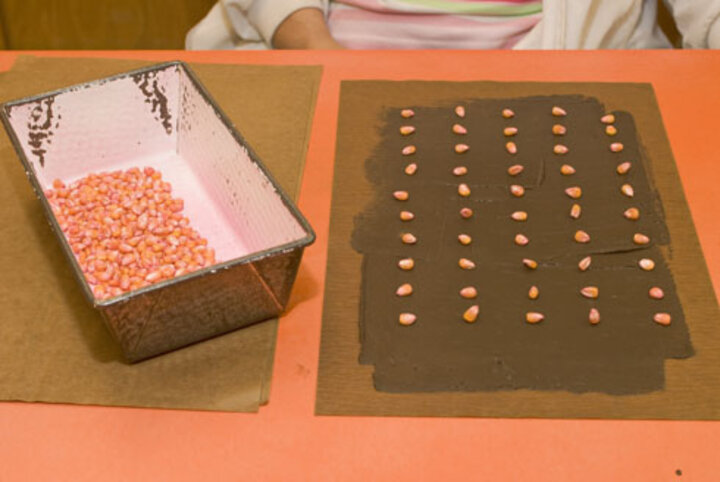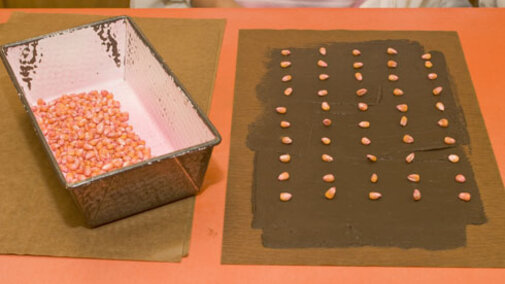A cold germination test is used to evaluate the emergence of a seed lot in cold wet soils, which can cause poor field performance. The cold test was developed to simulate adverse field conditions and measure the ability of seeds to emerge. It is the most widely used vigor test for corn and soybean.


Cold germination testing not only measures the percentage of viable seed in a sample, it also reflects the ability of those seeds to produce normal seedlings under less than optimum growing conditions like those which may occur in the field. Seeds grown under optimum conditions including temperature, moisture, and light usually produce normal seedlings. However, seeds grown under adverse conditions, such as a wet/cold environment, can cause seeds with low vigor to produce abnormal seedlings that are unable to grow to a mature plant or not grow at all. Generally, seeds start to lose vigor before they lose their ability to germinate. Therefore, cold germination testing is an effective way to learn how the seeds will preform under adverse field conditions.
A cold germination test is conducted similarly to the warm germination test. First, a soil paste is made and applied on a wet thick paper towel. Then the seeds are counted and placed on the towel and covered with a wet thin paper towel. The rolled paper towel is placed in a chamber with cold temperature of 50°F for seven days. It is transferred to a chamber with ideal temperature, humidity, and light for an additional seven days. When the test is completed, seedlings that have emerged with the necessary plant parts to develop into a normal plant are counted and the cold germination percentage is calculated.
Nebraska Crop Improvement Association (NCIA) is the only AOSA/SCST official seed laboratory in Nebraska. A Registered Seed Technologist (accredited by the combined organizations of the Association of Official Seed Analysts and the Society of Commercial Seed Technologists) conducts all official tests.
For more information, go to the NCIA website at necrop.org and click on the Seed Lab Services for more information on testing seed.

